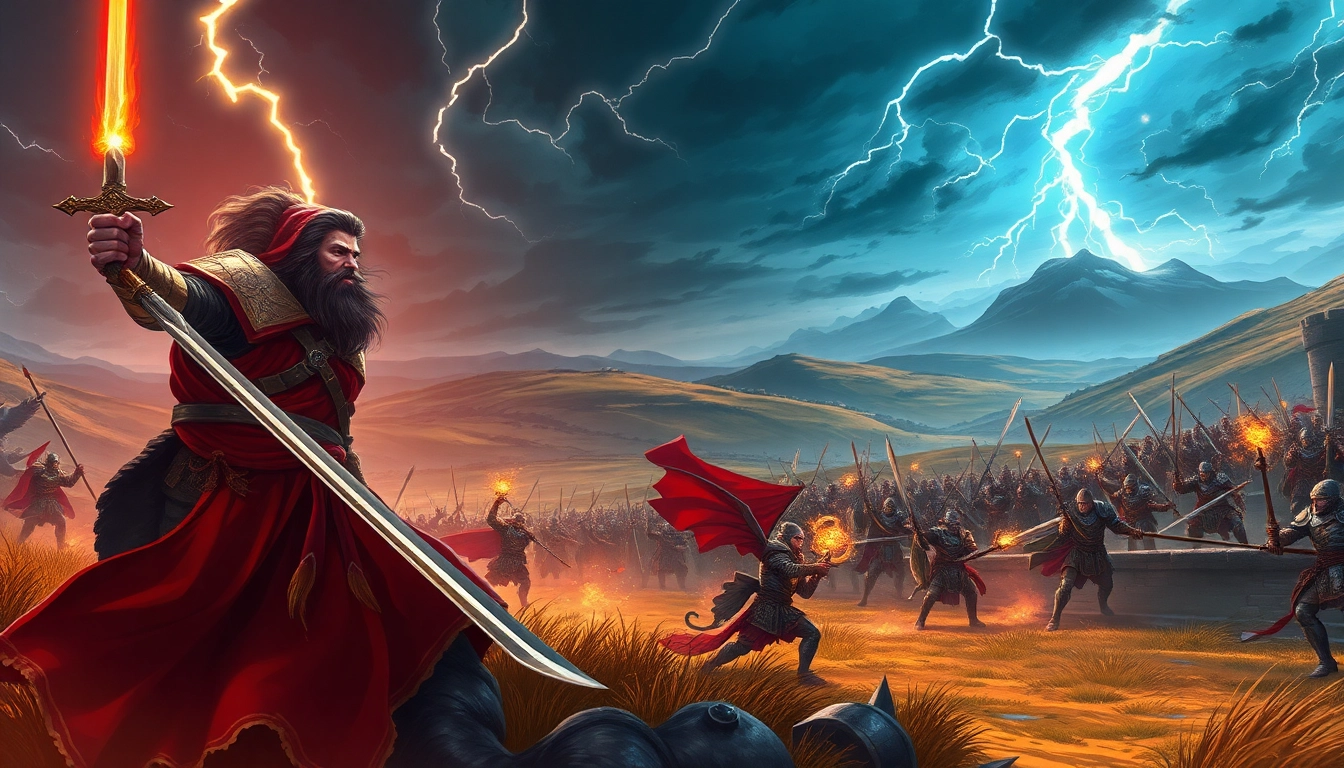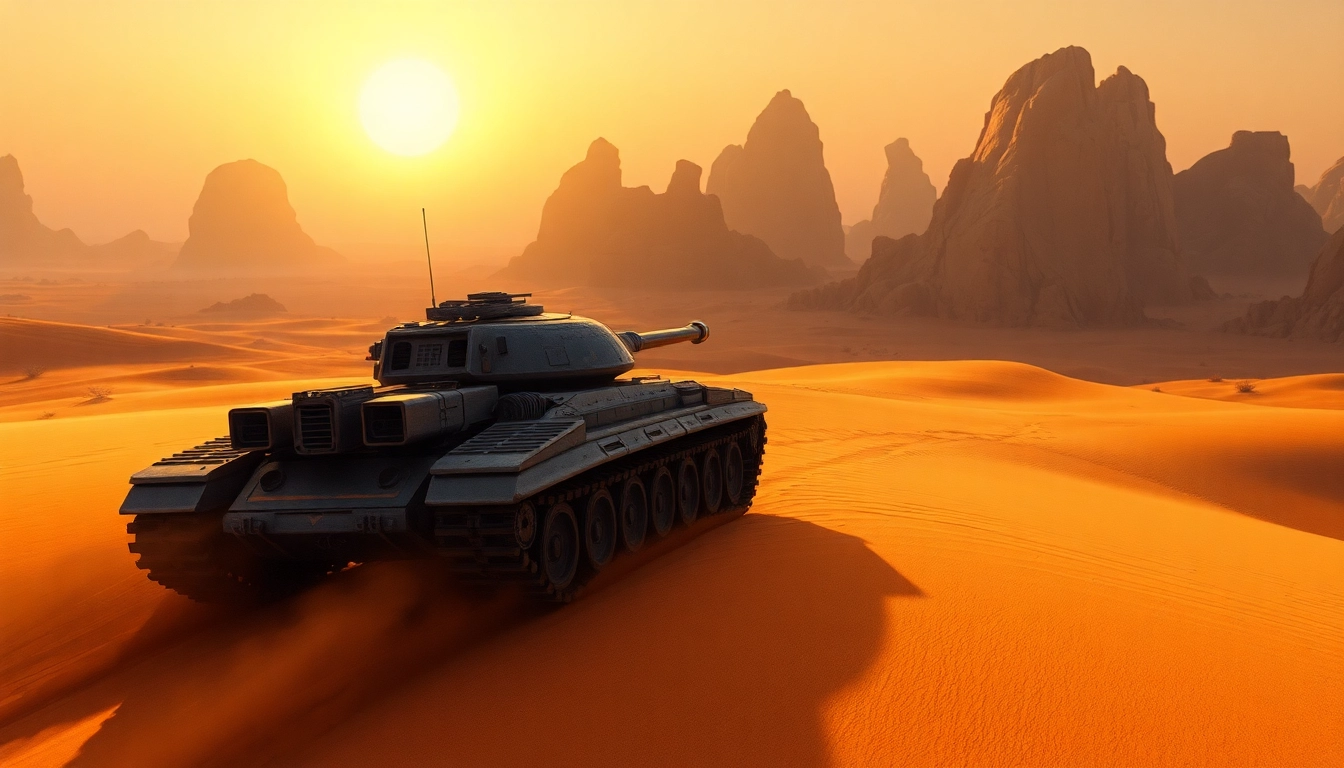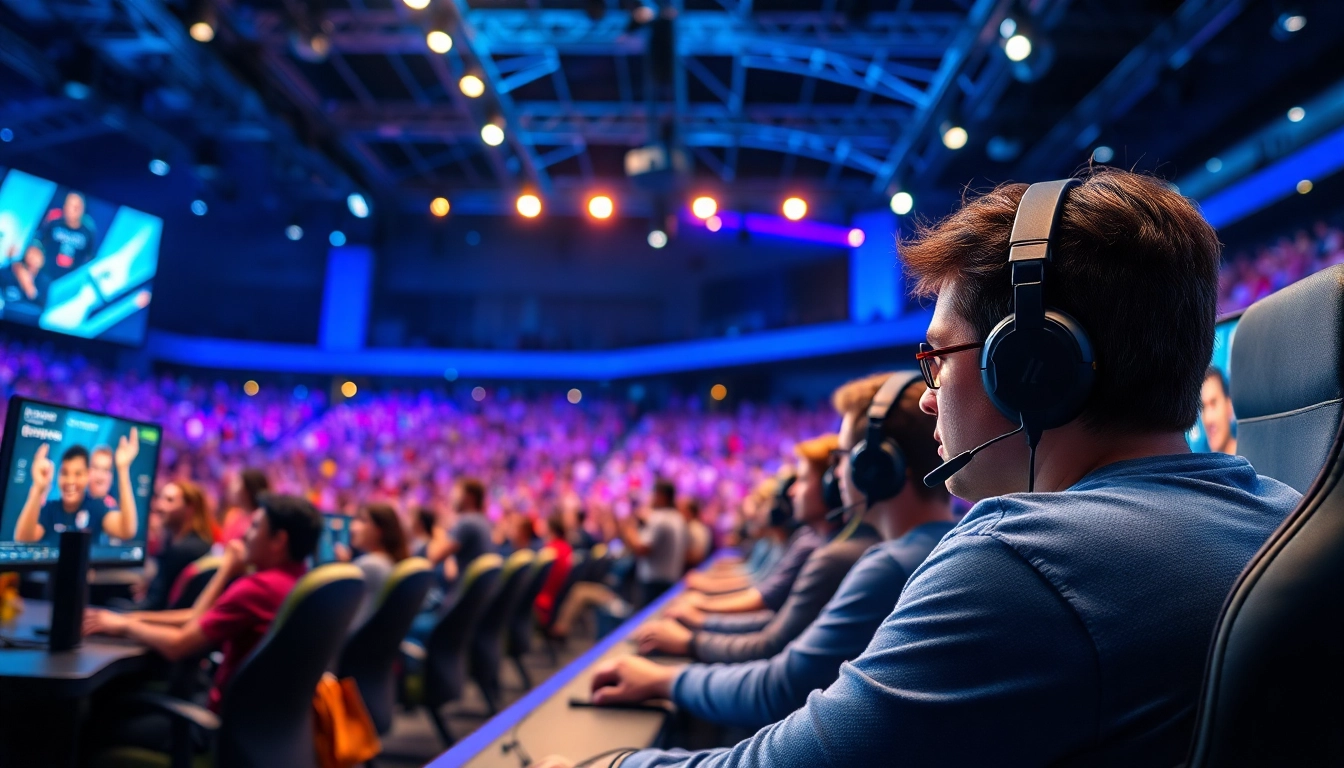Understanding the Concept of Warlords in Gamification
Warlords have captured the imaginations of gamers since the early days of interactive entertainment. These formidable characters embody power, strategy, and leadership, often steering the outcomes of entire campaigns within their respective games. As genres evolved, so too did the definition and functionality of warlords. Warlords became integral not just to gameplay mechanics but also to narrative development, enriching the overall experience through their presence. This section digs deep into the essence of warlords, tracing their historical roots, understanding their characteristics, and examining their roles in game mechanics.
1.1 Historical Context of Warlords in Gaming
The concept of warlords in gaming can be traced back to the foundational strategy and role-playing games (RPGs) of the 1980s and 1990s. Titles like ‘Dungeons & Dragons’ pioneered the idea of characters who led squads or factions, encapsulating the essence of strategical movement and tactical superiority. Over the years, the representation of warlords expanded from traditional fantasy settings to sci-fi universes, post-apocalyptic backdrops, and historical recreations, showcasing a diverse array of leadership styles and combat strategies.
1.2 Key Characteristics of Warlord Characters
A warlord is typically defined by distinct characteristics that set them apart from other characters within a game. These may include:
- Leadership: Warlords often have abilities that enhance the performance of allied characters, promoting teamwork and strategic execution.
- Combat Expertise: Most warlords possess formidable combat skills, enabling them to either lead from the front lines or support their team from behind.
- Unique Abilities: Special skills or powers that differentiate them from standard characters, whether through magic, technology, or brute strength.
- Narrative Significance: Warlords usually play pivotal roles in the story arcs, influencing the overarching narrative dynamics.
1.3 The Role of Warlords in Game Mechanics
Warlords play complex roles within game mechanics, impacting everything from resource allocation to conflict resolution. They often serve as central figures in strategy-based games, where their abilities can tilt the balance of gameplay. Their presence may introduce elements such as:
- Transformation of Resources: The ability to convert resources into units or upgrades, emphasizing the currency of power.
- Command vs. Independence: Warlords may dictate the actions of other characters or operate autonomously, impacting gameplay strategy.
- Strategic Depth: The use of warlords often encourages players to consider long-term strategies instead of relying solely on immediate actions, fostering a deeper understanding of game dynamics.
Types of Warlords: Exploring Variations and Their Impact
2.1 Classifications of Warlords Across Different Genres
Warlords can be classified based on the genres they inhabit, and this classification often informs both their skills and the strategies players must employ. In RPGs, for instance, warlords may be mage-warriors balancing both offensive and defensive roles. In strategy games, they may serve as battlefield commanders, leading troops and directing tactical maneuvers. Common classifications include:
- Fantasy Warlords: Often wield magic and mythical powers.
- Historical Warlords: Based on real historical figures, often encompassing actual tactical strategies.
- Futuristic Warlords: Featuring advanced technology and unconventional warfare tactics.
2.2 Comparison of Warlord Abilities in Popular Games
Several games feature warlords as primary characters, each providing distinct abilities that reflect their environments. For example:
- Warlords Battlecry: Emphasizes a customizable warlord where players design their skills to suit personal strategies.
- Warcraft: Features warlords such as Thrall, whose leadership abilities foster unity among allied races.
- Age of Empires: Depicts historical warlords with specific historical characteristics and leadership abilities that reflect their time.
2.3 Unique Traits that Define a Memorable Warlord
The most memorable warlords often embody certain traits that elevate them beyond mere gameplay mechanics:
- Depth of Character: Rich backstories that resonate with players and evoke empathy.
- Charisma: A personality that draws players to affiliate with or defend them within the game narrative.
- Evolving Development: Warlords with evolving skills that adapt based on player interaction and gameplay choices.
Strategies for Success: Utilizing Warlords Effectively
3.1 Building a Strong Warlord Team
In strategy-based gaming, forming a robust team around your warlord character can be critical for success. The following steps can be beneficial:
- Complementary Skills: Choose characters that enhance the warlord’s natural strengths and cover their weaknesses.
- Role Assignment: Assign specific roles within the team, such as offense, defense, and support, to create a balanced approach.
- Synergy Exploitation: Maximize team potential by exploiting character skills that work well together, creating opportunities during combat encounters.
3.2 Combat Strategies for Warlord Utilization
Effective combat strategies are vital when utilizing warlords in gameplay. Consider the following:
- Frontline Leadership: Deploy your warlord on the frontline to rally allies and draw enemy fire.
- Flanking Maneuvers: Use the warlord’s abilities to create openings by flanking enemies and attacking from multiple directions.
- Skill Timing: Leverage the warlord’s unique abilities at critical moments for maximum effect, potentially turning the tide of battle.
3.3 Balancing Warlords with Other Game Elements
Balance is essential in gameplay. A warlord’s strengths must be strategically measured against game elements beyond individual characters:
- Resource Management: Ensure resources are allocated effectively between warlords and other essential elements like infrastructure or magic.
- Team Dynamics: Maintain harmony among team members, leveraging communication to enhance cooperative strategies.
- Game Environment: Adapt warlord tactics according to varying environments and levels, tailoring strategies to each unique context.
The Evolution of Warlords: Trends and Innovations
4.1 How Warlords Have Changed Over Time
The portrayal and mechanics of warlords have developed significantly over the past few decades. Originally featured as purely battleground leaders, modern iterations now include:
- Complex Narratives: Enhanced storylines that establish a character’s backstory and motives.
- Advanced AI: AI-driven warlords that adapt to players’ tactics and enhance gameplay dynamics.
- Cross-Genre Adaptation: Warlords now appear in a spectrum of genres, each time adapted to fit thematic elements.
4.2 The Influence of Player Feedback on Warlord Design
Player feedback has become an essential part of the game development process. As designers explore player interactions, they often find insights leading to improved warlord features, such as:
- Character Modification: Players often request enhancements or changes in character skills or combat mechanics.
- Game Balance: Regular updates to address power discrepancies among characters based on community feedback.
- Enhanced Customization: The ability to personalize warlords to suit individual gameplay styles is increasingly prevalent.
4.3 Future Directions for Warlord Development in Gaming
As gaming technology continues to evolve, the future for warlords appears promising. Potential trends include:
- Virtual Reality (VR) Integration: Warlords may become more interactive within immersive environments, providing real-time command experiences.
- Enhanced Role-Playing: A move toward more dynamic narrative arcs where player choices significantly impact character evolution.
- Community-Built Content: Future games may allow players to create their warlords, fostering a stronger connection with the gaming community.
Measuring the Impact of Warlords on Player Engagement
5.1 Metrics for Evaluating Warlord Performance
Quantifying the impact of warlords on player engagement requires the establishment of specific metrics, including:
- Win Rates: Assess the effectiveness of warlords based on the success rates attributed to their deployment in battles.
- Player Retention: Tracking how the inclusion of warlords influences player returns to the game over time.
- Engagement Levels: Measuring time spent playing in relation to interactions with warlords and their teams.
5.2 Case Studies of Successful Warlord Implementation
Several games exemplify successful warlord implementation that resonates with players:
- Overwatch: The character Reinhardt showcases how a warlord can provide both support and command, leading teams to victory.
- League of Legends: Champions such as Garen serve as warlords with abilities that inspire teamwork, emphasizing the importance of synergy.
- Mount & Blade: The player assumes a warlord role, leading armies while navigating the intricacies of kingdom management.
5.3 Best Practices for Enhancing Player Experience with Warlords
To enhance player experiences effectively, developers can adopt several best practices:
- Balanced Gameplay: Ensuring that no single warlord dominates gameplay, promoting equitable competition.
- Responsive Design: Implementing player feedback in character modifications and updates improves overall engagement and satisfaction.
- Interactive Storytelling: Engaging players through branching narratives that allow them to influence the warlord’s journey.





Leave a Reply